How to Manage Commercial Laundry Stains
Spintastic knows better than most that commercial laundry is a whole different practice compared to doing normal laundry in a typical American household. There are several factors to account for when conducting this process of removing commercial laundry stains. It takes precise measures and procedures.
Stains in commercial laundry are often tougher to remove, which makes for some extra steps. The first step towards eliminating those tough stains is making sure that the clothes are put into a machine with a pre-wash cycle. Commercial laundry stains need to be broken down and that typically requires extra measures. Pre-washing will treat those stains a little more thoroughly.
It is also important to remember that a normal detergent will not usually suffice. Removing tough stains will require the right detergents to combat each stain. There is an array of detergents to choose from, as strength is important in this particular type of laundering.
A common problem with commercial laundry involves white linens becoming tinted with hints of yellow. This could be caused by the presence of residual chlorine. One method would be to increase the amount of detergent and temperature. This may be a more successful method than just adding more bleach. This yellowing color is usually caused by soils that do not get washed out properly. What happens is that chlorine gets trapped on the laundry items and it starts to turn a yellow color while in the dryer. It is not simply a yellow stain nor is it a sign of age, wear or tear.
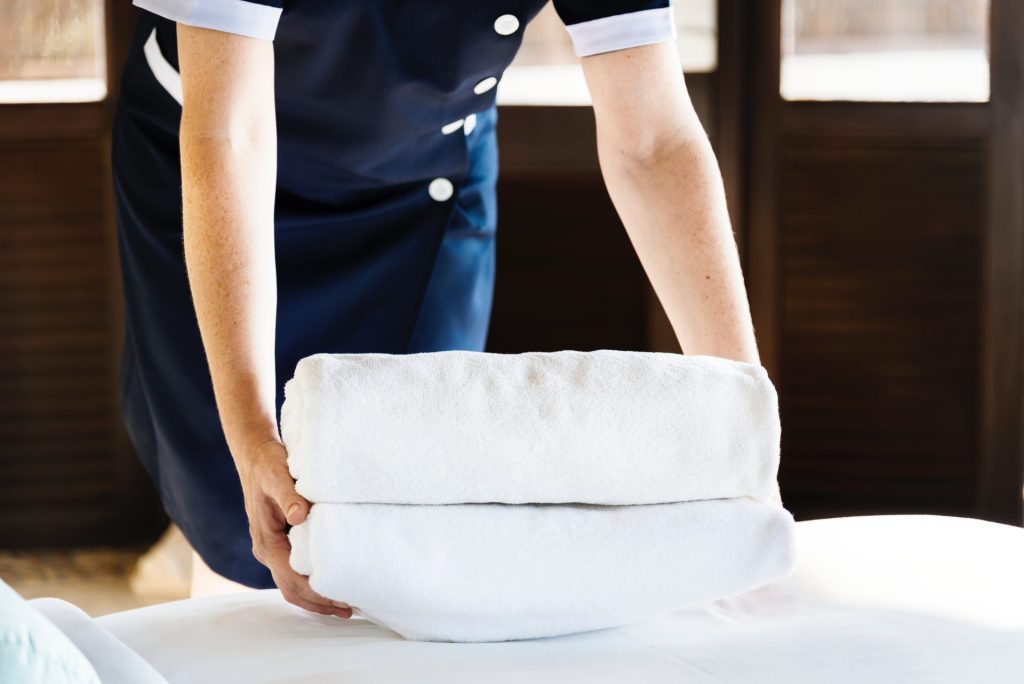
Tough stains cannot be treated with commercial detergent alone. Some stains have to be treated individually before they are inserted into a washer. Using a strong stain remover beforehand will allow stains to be treated before they wind up setting in. It will be too late to add a stain remover once the laundering process is completed. There are even some home remedies that can be used as commercial stain removers. Professional commercial laundry services also exist if time or facilities are a constraint.
Some commercial stains may take an ongoing toll on linens. And sometimes one too many washes means enough is enough. It is important to know when a garment or linen can no longer be salvaged. There will eventually come a time when linens can no longer be cleaned. A commercial stain that was removed twice may fail to come out a third time. That is not surprising considering the continual use of chemicals to clean the laundry.
The Importance of Rinse Cycle
For many people, the rinse cycle is just another step when it comes to doing their laundry. However, the rinse cycle plays a significant role in the process, one that should not be undervalued. To fully utilize this cycle, it is important to understand how it works.
The main function of the rinse cycle is to extract all the detergent, soap and residue from your laundry. This may seem like a simple step, although it may be even more important than the wash cycle. During the wash cycle, the detergent solution penetrates the clothes, but it does not fully remove all the leftover dirt. This is saved for the rinse cycle.
The rinse cycle follows the wash cycle, but it is not as long in duration. It also uses only cold water. The heavier the detergent, the longer the rinse cycle should be. For example, clothes washed in bleach should generally be rinsed twice. This is due to the fact that stronger detergents are tougher to remove from laundry. This could also be a solution for washing clothes with tough stains or strong odors. And running two rinse cycles may be able to fully remove all the dirt and detergent from your clothes.
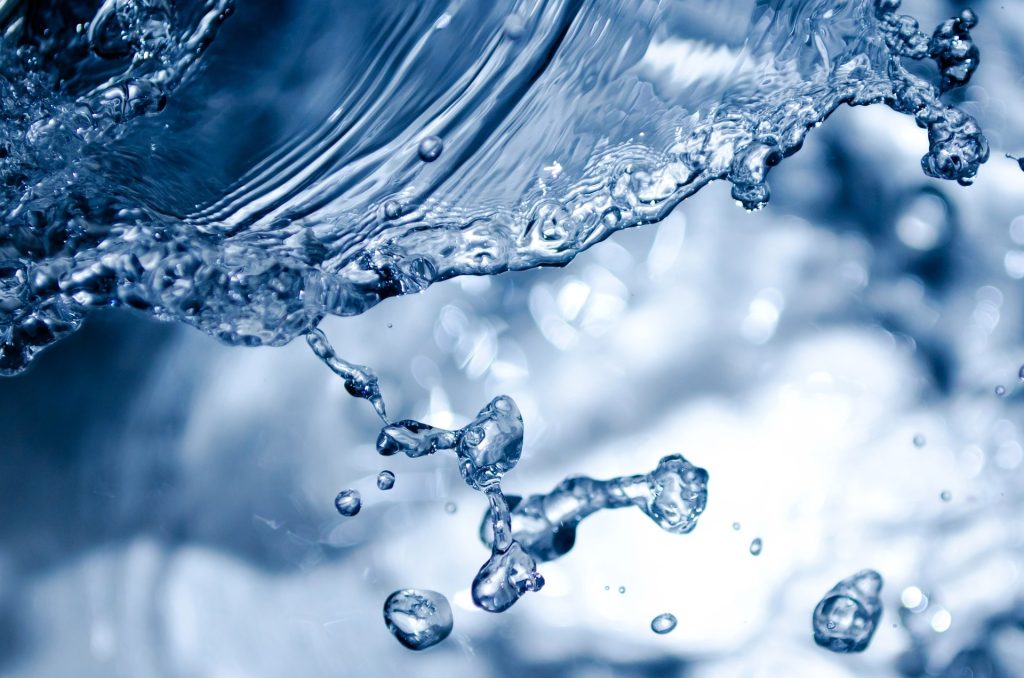
Without a rinse cycle, you might wind up wearing clothes that still have remnants of old stains or the smell of detergent. Keep in mind that detergent can get very soapy and fill up your washer. This can really saturate your laundry with detergent. While detergent is a tremendous help in cleaning clothes, it is not intended to stay in clothes. There are chemicals in all detergents and they are not something people typically want to wear around all day. The rinse cycle remedies this issue.
The rinse cycle may also be referred to as a rewashing of your clothes with fresh water. The water in the wash cycle is full of impurities that are a result of the dirty laundry. So it is natural to want to remove all of that and let your laundry have one more fresh wash.
In some instances, baking soda is added to loads of wash in an effort to remove stains and smells. While this tactic may work, it does not fully ensure that all the baking soda will be removed. This is where the importance of the rinse cycle, or perhaps even a second rinse cycle, comes into play.
At Spintastic Laundromats, there are always friendly staff round to help you ensure the right wash and rinse cycles are set for your clothes. You can literally set it and forget it with their wash, dry, and fold service.
Removing Food Oil Stains, Dealing with Smoke Odors
Food oil stains can leave an unsightly mark on clothing while smoke odors can leave you walking around with a lot of unpleasantness. But you don’t have to put up with either of those nuisances anymore. Here are some ways to remove food oil stains and smoke odors from your clothes and other laundry.
Food Oil Stains
Oil stains that are a result of spilled or splattered food may appear to ruin your favorite. But don’t rush to throw it away. That stain can be eliminated. There are lots of simple methods that can be used with many products you have in your home at this very moment. For example, Dawn dish washing liquid can take away some grease stains. Baking soda also has the capability of absorbing oil stains. Allow it to sit for about ten minutes before peeling it off and washing. The same process can substitute baby powder for the baking soda, although that should sit for about a day. Once the baby powder or baking soda is removed, use more Dawn if the stain is still visible.
For tougher food oil stains on clothes that have already been washed and dried, lighter fluid can be used. That’s right, lighter fluid. Just dab the stain with the lighter fluid and rewash. And the most difficult food oil stains may be combated with WD-40, which can make the stain fresh and allow you to take the appropriate measures that were previously stated.
Smoke Odors
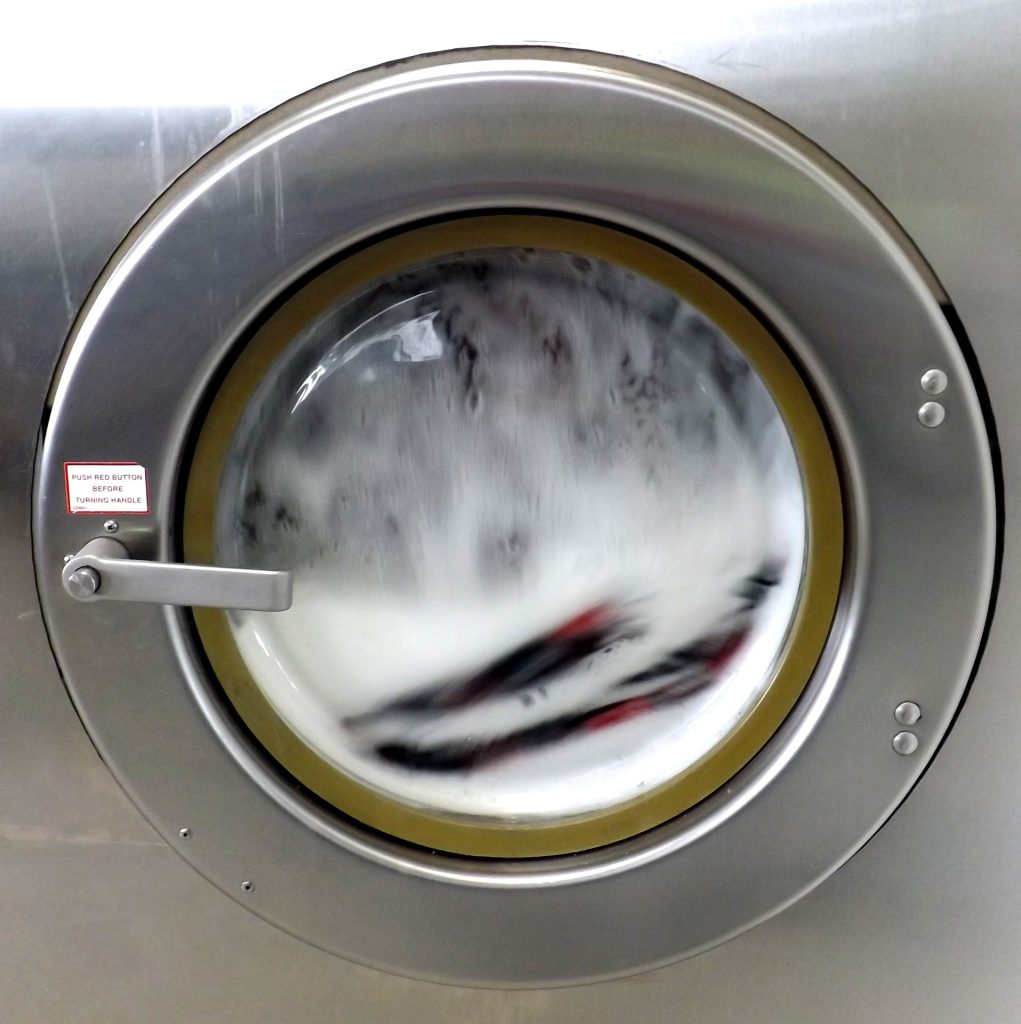 When it comes to removing smoke odors from your clothes, the best bet is to machine wash those items. However, you may need some extra power and that can come in various forms. Adding white vinegar in a pre-wash soak should do the trick. Allow the clothes to sit in that mixture for 30-60 minutes before washing. Lemon juice can also be added to the wash to freshen up the smell. Rubbing alcohol or vodka can also be used for the more potent smoke odors in clothing.
When it comes to removing smoke odors from your clothes, the best bet is to machine wash those items. However, you may need some extra power and that can come in various forms. Adding white vinegar in a pre-wash soak should do the trick. Allow the clothes to sit in that mixture for 30-60 minutes before washing. Lemon juice can also be added to the wash to freshen up the smell. Rubbing alcohol or vodka can also be used for the more potent smoke odors in clothing.
If you are not planning to use a washing machine, the first step to eliminating a smoke smell would be to air out the garment. Next, use a spray that is designed to eliminate odors. You can also try baking soda or even steam. This is a better method to use on clothes that are unable to be washed in a machine as it protects the integrity of the garments.
Removing Paint Odors, Tackling Mystery Stains
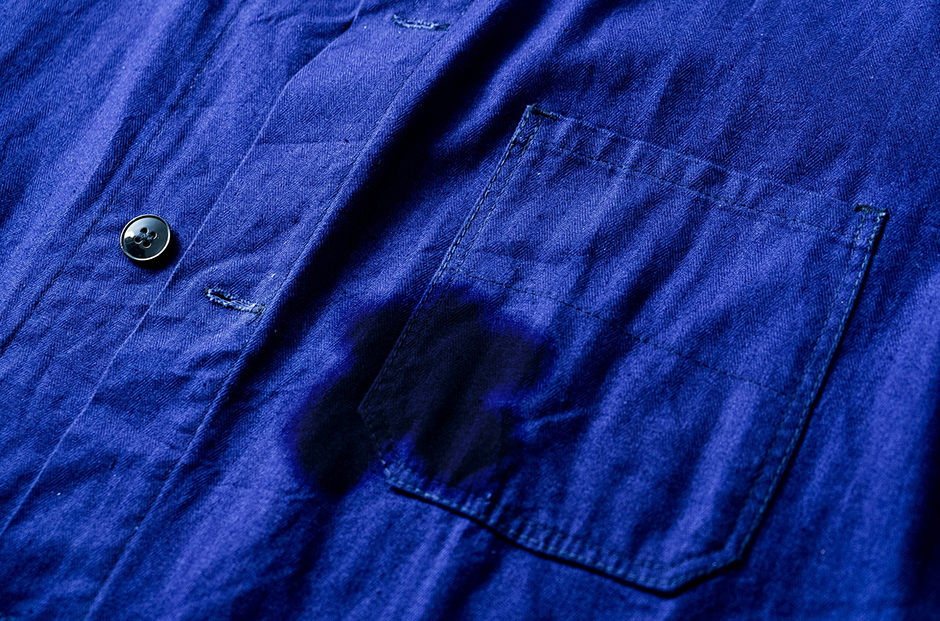
When it comes to doing laundry, there are some stains that are more difficult to eliminate than others. Some stains leave behind an unpleasant odor, which is equally difficult to remove. And there are even some stains whose origins are a bit of mystery. The good news is that there is a way to make all those odoriferous stains fade away.
The problem with paint is that even though the color may be removed from your clothing, the chemicals still manage to seep in. The chemicals are made up of compounds that attach to the fabric of our clothes. Those compounds are so strong that something is needed to break them down. A similar premise applies to other types of mystery stains that continue to have a funky smell.
First and foremost, it is important not to use any kind of bleach when removing paint odors or other chemicals from clothing. The combination of bleach and other compounds could create fumes that are hazardous.
The initial step in ridding those odors is to give your clothes a thorough rinsing in cold water. Then, it is time for the age-old remedy of baking soda. Add a cup of baking soda along with a heavy-duty detergent and this combination will attempt to break down those compounds. For stains that are more severe, try using ammonia in place of the baking soda and wash in warm water.
Also, be sure to leave plenty of room in your washing machine. You want water to penetrate the stains from all angles and fully inundate the clothing. And to be on the safe side, let those clothes air dry. You don’t want to inadvertently start a fire by having some chemicals go up in flames while on high heat.
Once the clothes are dry, drop them into a bucket of cold water. Add a cup of baking soda and let them sit out overnight. And if the clothes still have an unpleasant odor, drop them into a sealable bag with some baking soda and set them out in the sun for a few days. This will allow the baking soda time to absorb all those nasty little compounds that are the source of those unpleasant odors.
And last but not least, one of the oldest solutions is to wear some old clothes when you are painting and then discard them when you are done.
The Keys to Cleaning White Items
Cleaning white items involves more than just dousing them with bleach and tossing them into your washing machine. There are some key factors to remember and here are some helpful hints to keeping all your white items as clean as possible.
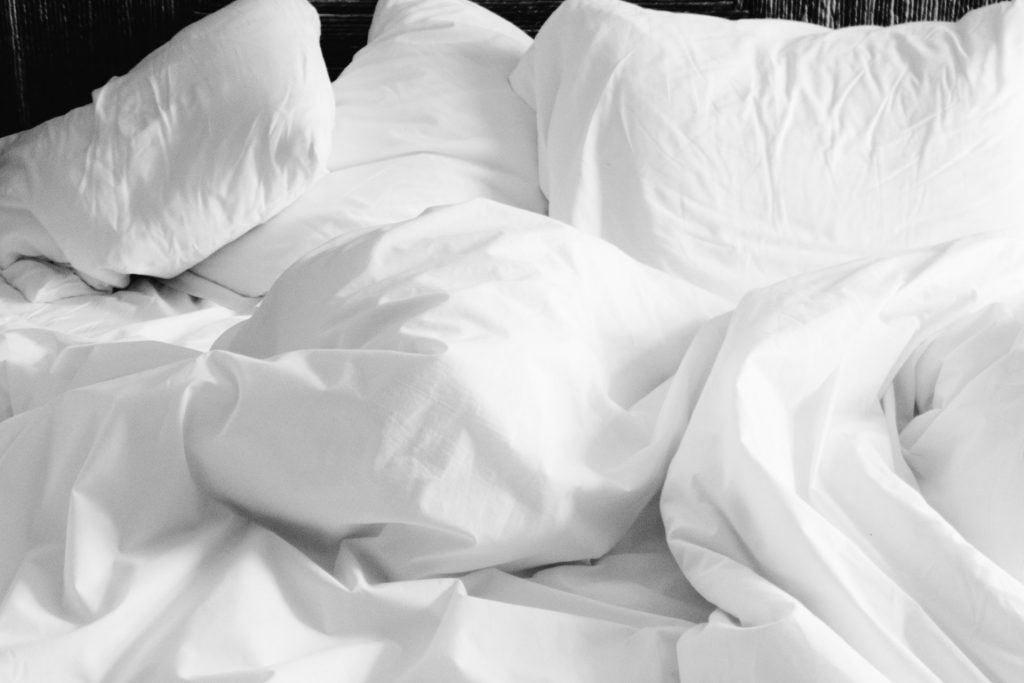
Washing white items means always following the proper instructions. It is a good idea to check the labels of your whites for washing and drying instructions. Keep in mind that high temperatures can actually fade your whites over the long-term. Avoiding too much heat will keep your whites from attaining a graying hue.
Selecting a laundry detergent can also help keep your whites fresh and clean. Choosing a brand of detergent that contains a bleach alternative can also help white items maintain their brightness.
It is also key to remember that stains are not the only thing that can sully your white garments. Our bodies produce sweat and oils, which inundate your clothing. Even though these oils cannot always be seen, they can have a lasting effect and can turn clothes a yellowish tint. Washing white items after every wear is key to keeping them bright and clean.
It is always good to separate whites from colored items when washing. The separation extends to another level as delicate whites should be washed with other delicates on the appropriate setting. Also, don’t put too many whites in your washer at once. Overloading your washer limits the circulation during the washing process. That means the detergent cannot fully penetrate your white items and work its magic.
And try not to overdo it with detergent. Measuring out the appropriate amount has its advantages. Too many suds wind up acting as a cushion. What happens is that dirt remains in the fabric because the suds act as a protective barrier and clothes do not get completely clean. When it comes to washing white items, this could leave them with a graying look.
There are also some home remedy tips that help with keeping whites bright and fresh. One remedy is to add vinegar to a load of whites, which goes beyond just washing away stains and smells. Vinegar actually helps in the process of dissolving any detergent that may not have been completely rinsed off during a wash. Whites that hold onto detergent or fabric softener can take on a dull appearance. The use of vinegar can ensure all that detergent is fully removed.
